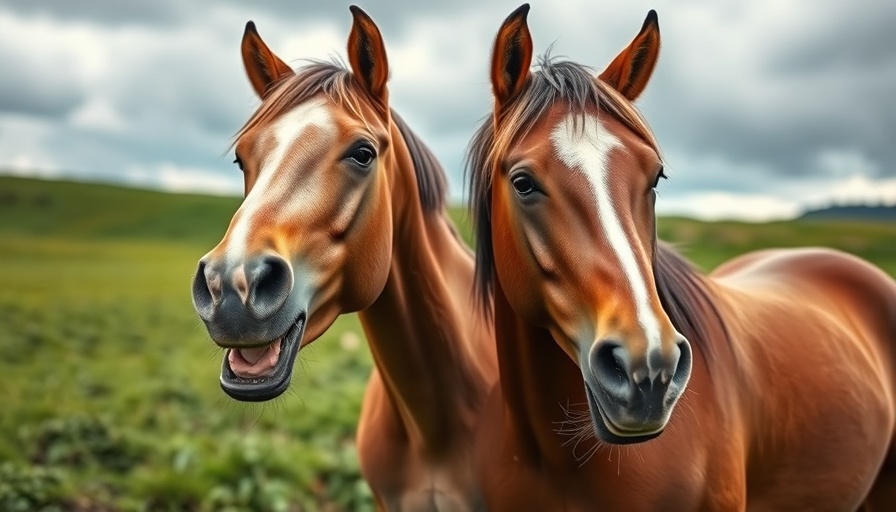
Revolutionizing Small Brand Marketing through Memes
In today's fast-paced digital landscape, many small brands are constantly searching for innovative ways to gain visibility and traction without breaking the bank. One potential game-changer is the emerging trend of meme marketing. As demonstrated by the remarkable success of Saratoga Spring Water, leveraging memes can produce millions of dollars in media value without any significant ad expenditure. In a climate where traditional advertising costs continue to surge, the allure of memes becomes undeniable.
The Power of Viral Content
Only a handful of campaigns truly exemplify the idea of marketing on a dime. Recently, Saratoga Spring Water experienced an astonishing increase in earned media value when a fitness influencer unintentionally showcased their product in a viral meme. With no financial investment, the brand saw its stock rise by 16%, highlighting the expansive reach and engagement that a cleverly crafted meme can create. Google's search index for the brand skyrocketed, ultimately reflecting the power of social media in the modern marketing arena.
Breaking the Stereotype: Memes as a Strategic Tool
While many might view memes as mere jokes or frivolity, they can actually serve as a compelling form of marketing when executed with intention. By inviting audiences into inside jokes and communal experiences, brands can foster deeper emotional connections. Unlike traditional ads that often feel one-sided, meme marketing creates a dialogue that resonates with consumers. Duolingo exemplifies this shift, effectively transforming memes about their owl mascot into a distinctive brand narrative, inviting humor and relatability into a typically structured educational environment.
The Psychology Behind Meme Marketing's Success
Understanding the psychology behind meme engagement is crucial. Since memes often reflect relatable sentiments, they can significantly boost brand affinity. Research shows that audiences feel a stronger connection to brands that use humor effectively, tapping into the social aspect of sharing relatable content. This community-building aspect drives organic growth, as users share their favorites within their networks, enhancing brand visibility at a grassroots level.
Examples of Brands Successfully Using Memes
Beyond Duolingo and Saratoga, other brands like Wendy’s and Netflix have capitalized on the meme culture, using wit and humor to define their online personas. Wendy's, for example, has cultivated a quirky, irreverent brand voice that not only engages their audience but often goes viral. This strategy helps the brand resonate deeply with younger demographics, who value authenticity and relatable humor.
Future Predictions for Meme Marketing
As we navigate through 2025, the widespread adoption of meme marketing is expected to grow, reshaping how brands interact with consumers. Small businesses facing tight budgets and competition for visibility might find that a well-crafted meme not only garners attention but actively engages customers, positioning them as thought leaders and relatable figures. In this rapidly evolving landscape, the brands that dare to embrace humor and relatability might find themselves leading the charge.
For small businesses ready to embrace this cost-effective strategy, the message is clear: memes are not just for laughs; they can also serve as powerful marketing tools. Brands willing to adapt and integrate memes into their marketing efforts may discover invaluable growth opportunities that can propel them ahead in the digital space.
 Add Row
Add Row  Add
Add 



Write A Comment